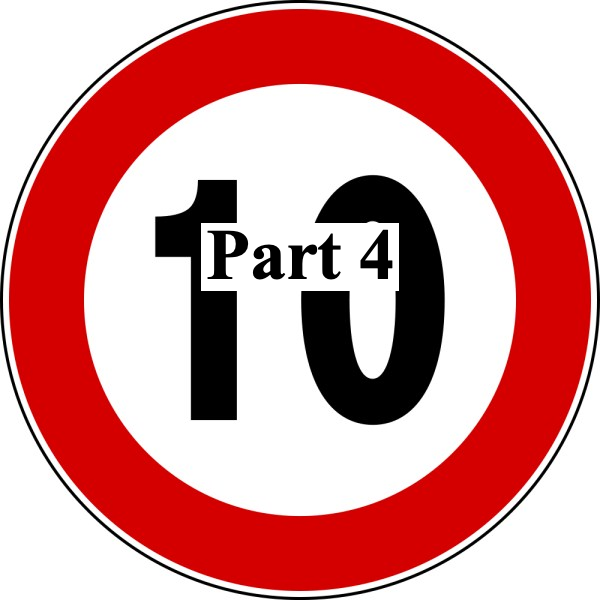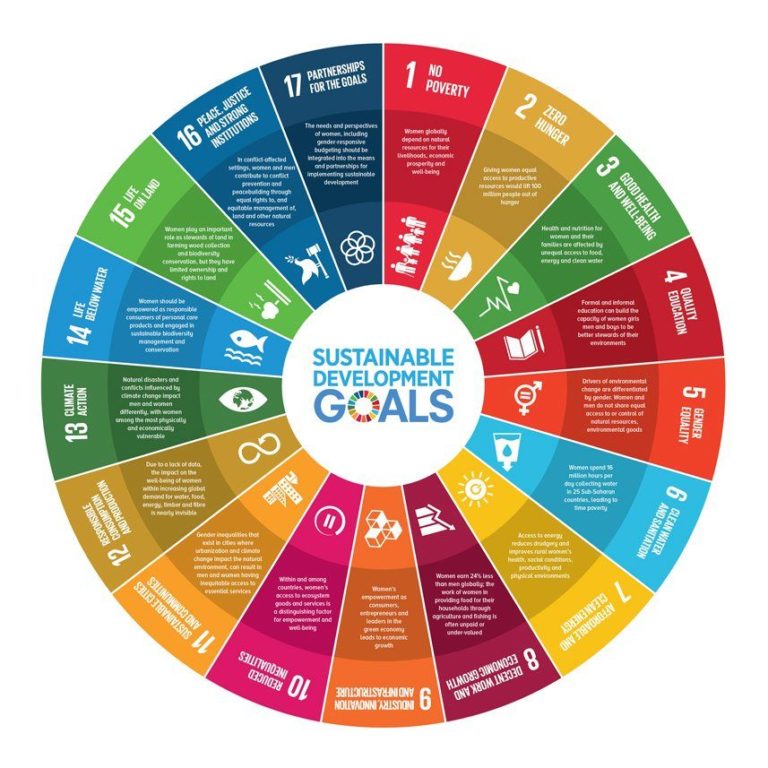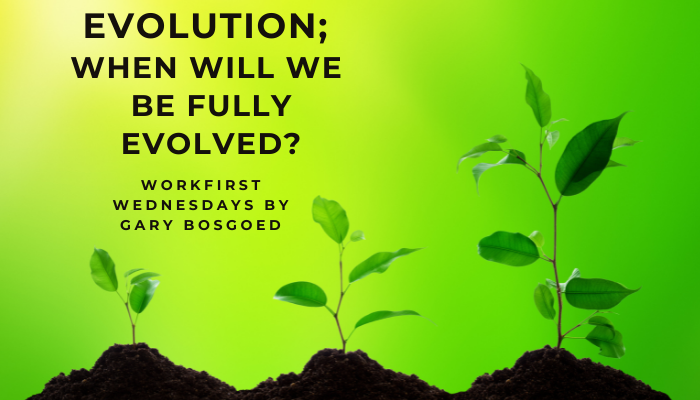Get removed from a project, lose a job opportunity, or be ignored. These are the issues we’ll explore in our final segment of WorkFirst Wednesday’s segment ; “Ten things to NOT say to Indigenous employees.”
- Do not remove Indigenous employees from a project because they are Indigenous.
This has happened to me twice. In both cases, it was the client who removed me. The objections started as soon as we were introduced. In the first case, I was asked to manage a wharf project, which included the local First Nation. We had won the contract and were preparing to hold the first meeting on site. A First Nations person from a local Band called to ask me which First Nation I belonged to. Then they told me they did not need a Peepeekisis Band member on their project. He did not stay on the phone long enough to explain why, but by the time I informed the team, the client had already asked for my removal. I was not assigned to be an expert on their community, just to be a project manager. In that era, we were occasionally hard on each other. Since then, we have learned so much about lateral violence. If you are interested in reading further on this important subject, please check out this publication, 2011 Aboriginal Lateral Violence.pdf (nwac.ca).
In the second case in which I was removed from a project, I attended a major project meeting at which the chair introduced me as the SVP and GM and as a FN person. The environmental consultant immediately began objecting strenuously to our interference in his scope, which apparently included Indigenous community engagement. I had not said a word by this point in the meeting. It appeared they simply assumed an Indigenous person, no matter how senior, only had interest in the Indigenous aspects of the project. Later that day, the client asked my project manager to ask me to keep me away from the project. I believe they assumed I was obliged to spy for the Indigenous communities. It felt as if I was sentenced without a trial.
In both these cases, I let it go. In consulting, the client calls the shots. In both cases, however, they should have been challenged in a thoughtful yet professional way. My employer should have supported me, and I can see that now. I use these examples because neither client had ever met or spoken to me.
- “We don’t need any Indigenous board members right now.”
Years ago, I was called in by a cabinet minister about a deputy minister position of a new department. They were inquiring if I was interested in the role. A great discussion followed about an interesting opportunity. Before the second meeting with the Minister, I attended an event in which our company was recognized for our contributions to a local charity. During the event, the charity’s CEO pointed out I was from a First Nation. The minister was at the celebration, and he thanked us warmly for being good corporate citizens.
In the next meeting with the minister, however, the entire tone changed. She informed me they did not have any Crown board seats for Indigenous people available. There was absolutely mention of the earlier discussion.
Several responses ran through my mind. I politely responded, “Minister, I appreciate your consideration.” In that moment, I felt all of my accomplishments which had prepared me for the ‘big job’ were erased simply by being Indigenous. I assumed the charity event in which I was identified as Indigenous had eliminated me from the competition because of the turn of events, which, incidentally, only took only a few weeks. Then again, perhaps it was something else. I’ll never really know.
- Silence
Yes, silence. In a world of professional relationships, inclusion, diversity, networking, career advancement, new challenges, and glass ceilings, it is important to get to know your employees to bring out the best in them. Indigenous people come in all shapes and sizes, backgrounds, cultures, and places of origin. They need to be invited into the same professional culture as everyone else. This professional culture includes rituals such as coffee breaks, corporate challenges, United Way Campaigns, sports teams, drinks after work, employee social events, and many other activities. I have heard several non-Indigenous people expressing their beliefs that Indigenous people “have their own things.” From this perspective, it’s easier to make excuses as to why Indigenous people are not afforded the same inclusivity. New beginnings within inclusive professional relationships can include simple gestures such as asking an Indigenous person for their opinion or asking about their background.
The most evil and insidious racism I have ever seen is when privileged people remain silent. It appears to me such professionals believe they are “done” once an Indigenous person has been hired. Silence takes so much away from Indigenous people, as they are acutely aware when they are treated differently.
So, there’s the completed list! Although the task of writing it felt daunting at times, I believe these issues were important to share. It was also helpful to think back on a keynote address I once gave at a conference on racism at MacEwan University. I didn’t consider myself an expert on the subject, so I consulted a political speech writer to assist me with the address. He advised me to simply write down ten sentences and wing it. I did so, and to my surprise, people were moved to tears during the speech. This process helped me realize my skin was actually thicker than I realized, and the time to not speak up had ended. Thank you for indulging me.
If these stories resonated with you, please give us a shout out and share your experiences. Doing so lifts us all into places of greater understanding and challenges us to do better, whether it’s in the workplace or beyond. We look forward to hearing for you. Stay safe, everyone, and see you next week!
~Gary and the team at Bosgoed Projects




